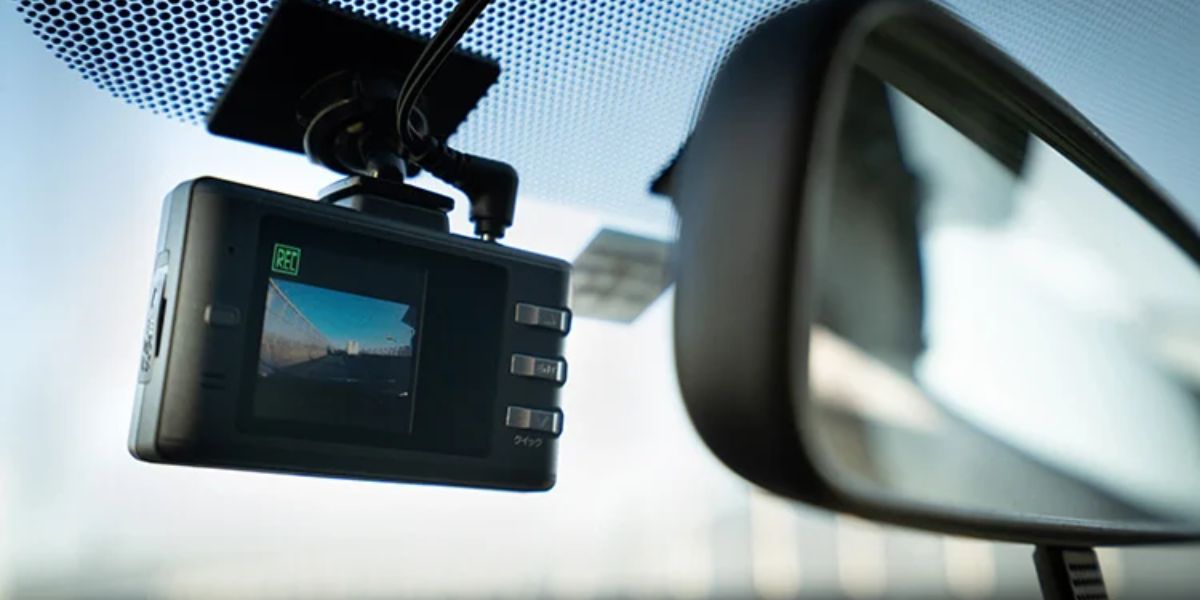Dash cams have become an essential tool for drivers, providing valuable evidence in the event of an accident, road dispute, or even insurance claims. However, Maryland has specific laws regarding the use, placement, and recording capabilities of dash cams.
If you’re a Maryland driver planning to install a dash cam in 2025, it’s crucial to understand these regulations to avoid legal trouble.
Is It Legal to Use a Dash Cam in Maryland?
Yes, dash cams are legal in Maryland. There are no state laws prohibiting the installation or use of dash cameras in personal vehicles. However, drivers must follow specific regulations regarding where and how the camera is mounted, as well as the legalities of audio recording.
Placement Restrictions: Where Can You Mount a Dash Cam?
While using a dash cam is legal, Maryland has restrictions on how it can be installed.
- Windshield Restrictions: Dash cams should not be mounted on the windshield in a way that obstructs the driver’s view. Placement on the dashboard or another non-obstructive location is recommended.
- Field of Vision: The camera must not create blind spots or interfere with the driver’s line of sight.
- Adherence to Federal Laws: Maryland follows federal regulations that prohibit devices from being placed in a way that could impact a driver’s ability to see clearly.
Video Display Rules
Maryland law prohibits drivers from viewing moving images while operating a vehicle. This means that:
- Dash cam screens that display live footage must not be visible to the driver while the car is in motion.
- Any video playback should be done when the vehicle is parked or not in operation.
Audio Recording and Maryland’s Two-Party Consent Law
Maryland is a two-party consent state, meaning all parties involved in a conversation must agree before being recorded. This is particularly important for dash cams with built-in microphones.
- If recording inside your car: All passengers must consent to being recorded.
- If recording outside your car: Conversations involving people outside your vehicle cannot be recorded without their consent.
- Legal Risks: Failure to obtain consent before recording conversations can result in criminal charges.
Using Dash Cam Footage as Legal Evidence
Dash cam footage can serve as critical evidence in disputes, but there are limitations:
- Accident Claims: Many insurance companies accept dash cam footage as evidence in claims.
- Traffic Violations: Law enforcement may review footage in cases of reckless driving or hit-and-run incidents.
- Court Proceedings: Footage may be used in court, but its admissibility depends on compliance with privacy laws, especially regarding audio recordings.
Table Summary of Maryland Dash Cam Laws
| Regulation Category | Details |
|---|---|
| Dash Cam Legality | Dash cams are legal to use in Maryland. |
| Mounting Restrictions | Cannot block driver’s view; best placed on the dashboard. |
| Video Display | Live footage must not be visible while driving. |
| Audio Recording | Requires consent from all parties in the conversation. |
| Use as Evidence | Accepted in accidents, traffic disputes, and court cases (with legal compliance). |
Best Practices for Maryland Drivers
To ensure compliance with Maryland’s dash cam regulations, drivers should follow these best practices:
- Mount Properly: Place your dash cam on the dashboard or another legal location that does not obstruct your view.
- Disable Live Video While Driving: If your dash cam has a screen, turn off the display while the vehicle is moving.
- Follow Audio Consent Laws: If recording conversations, obtain verbal consent from all parties involved.
- Store Footage Responsibly: Regularly back up and securely store dash cam footage in case it’s needed for legal purposes.
- Check Insurance Policies: Confirm with your insurance provider whether they accept dash cam footage for claims.
Conclusion
Dash cams can be a valuable asset for Maryland drivers, offering protection in legal disputes and accident claims. However, it’s essential to comply with the state’s regulations regarding placement, video display, and audio recording. By understanding and following these laws, drivers can use dash cams legally and effectively in 2025, ensuring both safety and legal compliance on the road.




